This Post May Contain Affiliate Links. Please Read Our Disclosure Policy.
Elevate your meal and impress your guests with this delicious chicken roulade recipe. Juicy, tender chicken breasts rolled around a filling of goat cheese, prosciutto, and spinach, quickly seared then oven-roasted to perfection, make for a visually stunning presentation and a burst of flavor in every bite.
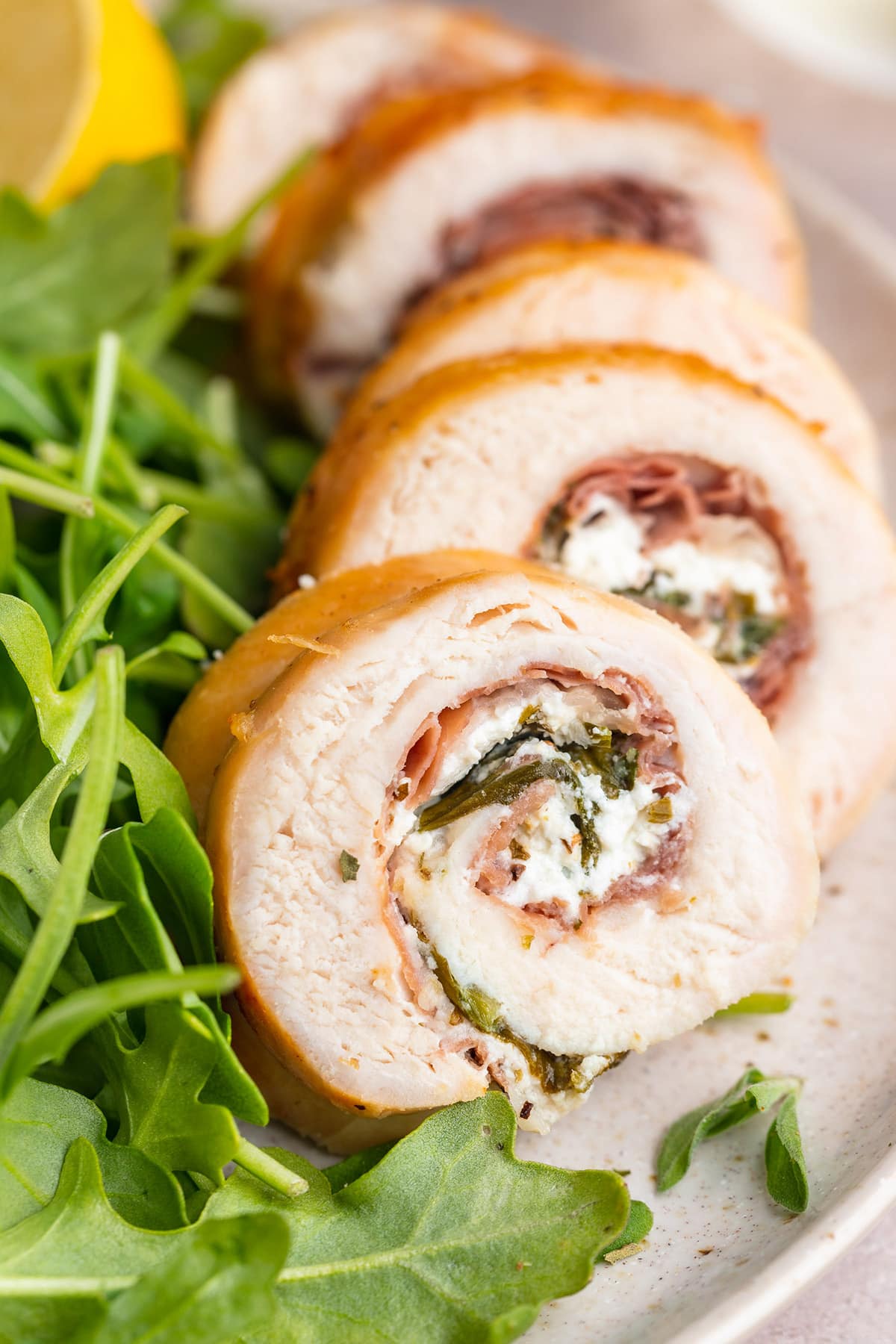
Did You Know?! 👀
A roulade can be a filled, rolled meat OR a filled, rolled pastry. Think of a cake roll, like a yule log or a Swiss roll, where a flat sponge is topped with a layer of frosting or jam and then rolled tight so you get that beautiful spiral throughout. That’s a sweet roulade!
🍗 What Makes This Recipe So Good
- What is “chicken roulade”, you ask? It’s an incredible dish that features boneless, skinless chicken breasts (or thighs, if you prefer), flattened and then rolled around a filling of cheeses, vegetables, and oftentimes other meats as well. Roulade literally means “an act of rolling” in French, so it’s aptly named.
- Chicken roulade is one of those deceptive dishes you’ll love having in your recipe book. Guests will think you’ve spent hours laboring over the meal, painstakingly wrapping butterflied chicken breasts around a decadent, savory filling. Little do they know, it’s actually super easy to make, and doesn’t take long at all to cook. Perfect for entertaining, holidays, or special occasions.
- This recipe is actually fully customizable. Take the method and use it with any ingredients you like! If prosciutto and goat cheese aren’t your thing, try ricotta cheese and sautéed mushrooms, or cheddar cheese and diced broccoli crowns. Mozzarella or feta, sun-dried tomatoes, caramelized onions, and baby spinach would be incredible. You could also go for something akin to chicken cordon bleu by using Swiss cheese and thin slices of ham.
👩🍳 Chef’s Tips
- In order for the chicken roulade to… well… roulade easily, you’ll first need to butterfly the chicken breasts and pound them flat. A meat mallet is ideal for this, but if you don’t have one, that’s ok. A rolling pin or even a sturdy frying pan will do the trick. (Frying pans – who knew?!) It’s important that the chicken breasts are all even in size and thickness, otherwise they won’t cook evenly. Plus, if they’re too thick, you risk the filling not cooking, too.
- To ensure your chicken isn’t overcooked, you’ll want to remove it from the oven when it reaches 160° Fahrenheit internally. Definitely use a meat thermometer here rather than going by cook times or trying to eyeball it! 160°F is just shy of the food-safe temp for chicken, but don’t worry – that’s exactly why you want to let it rest 5 minutes after cooking. That rest period is crucial. Resting allows the chicken to reach its food-safe temperature, but also locks in the natural juices of the meat, keeping it deliciously moist.
- You can prepare the chicken roulade the night before, then just cook it right before you’re ready to serve it! It may take a little longer to cook since it’s starting out cold, but just go by internal temperature and you’ll be fine. Make sure to refrigerate the prepared dish in an airtight container (or in a baking dish, sealed tightly with plastic wrap).
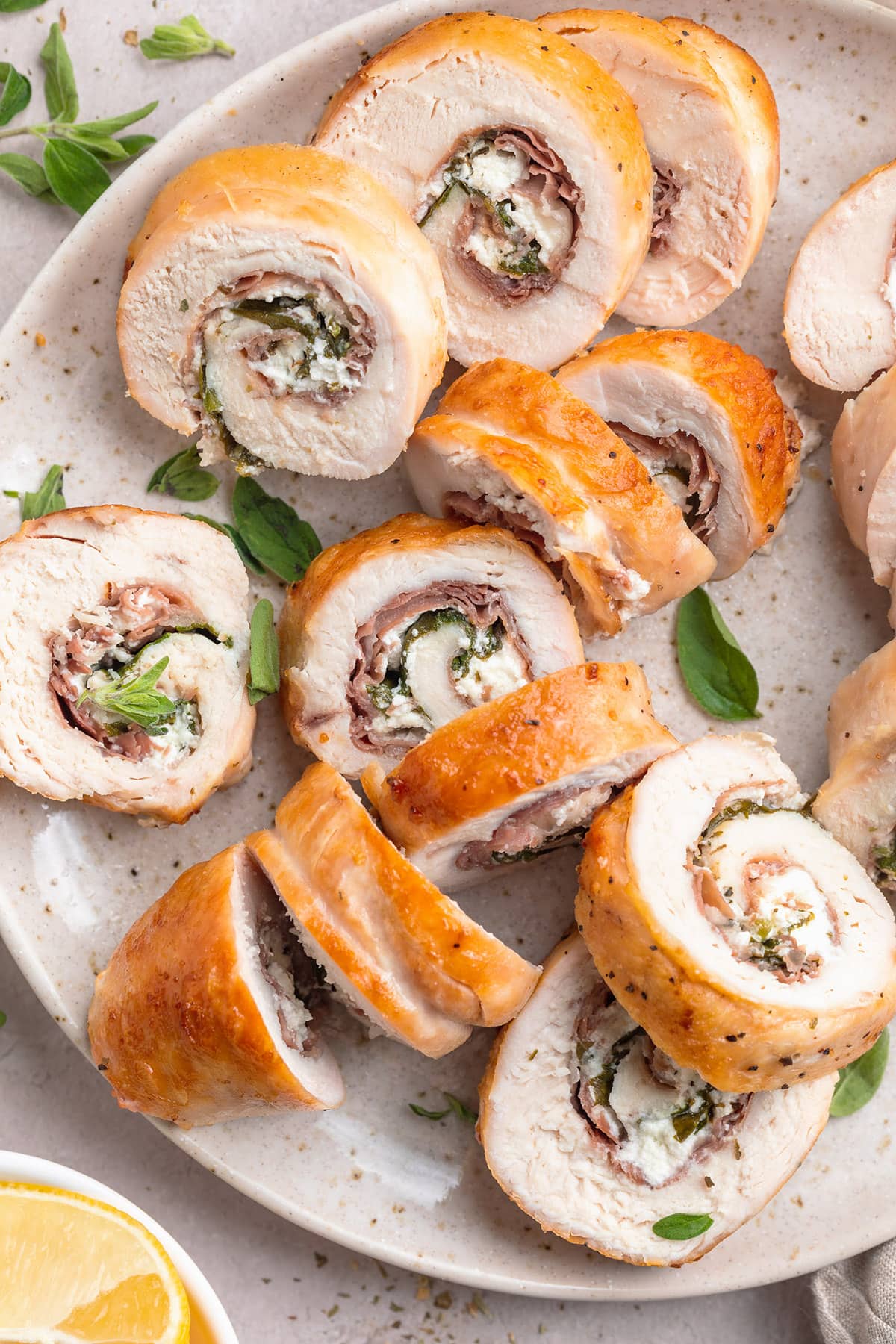
🥘 More Incredible Recipes to Impress Your Guests
- Sous Vide Pork Belly
- Oyster Brie Soup (from Disney World’s Hollywood Brown Derby)
- Shrimp Carbonara
- The Best Crockpot Angel Chicken
- Cookie Butter Creme Brulee
- Marry Me Chicken
- Tuna Ceviche
- Lobster Mac and Cheese
- Egg Roll in a Bowl with Creamy Chili Sauce
- Garlic and Herb Sous Vide Turkey
- Seafood Baked Potato
- Baked Ziti Pasta
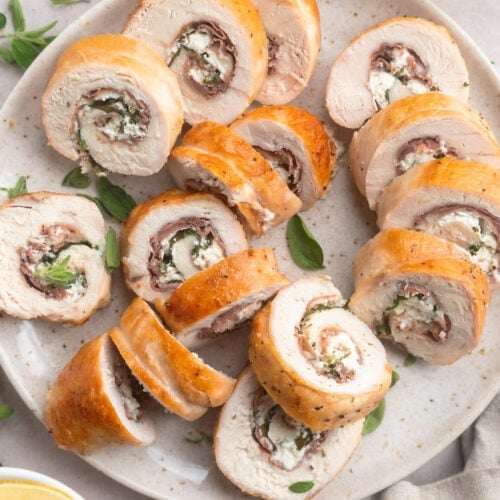
Chicken Roulade with Goat Cheese, Spinach, and Prosciutto
Equipment
- Cutting board
- Sharp chef's knife
- meat mallet or rolling pin, or frying pan
- Plastic wrap
- butcher's twine or toothpicks
- Kitchen scissors
- Oven
- stovetop
- Large skillet
- Baking dish 8×8 or 9×13, depending on size of chicken breasts
- internal meat thermometer
Ingredients
- 4 medium boneless, skinless chicken breasts approximately 6 ounces each
- 8 slices prosciutto divided, approximately 4 ounces total
- 12 ounces sliced goat cheese divided; or goat cheese crumbles, divided
- 1 tablespoon dried Italian seasoning divided
- 1 cup fresh baby spinach leaves divided
- salt to taste
- freshly ground black pepper to taste
- 2 tablespoons neutral-flavored cooking oil avocado oil, olive oil, refined coconut oil, etc.
Instructions
To Prepare Chicken Roulade
- Place 4 medium boneless, skinless chicken breasts on cutting board. Carefully slice each chicken breast in half horizontally, being careful to slice up to but not completely through opposite side of chicken breasts. Open each sliced chicken breast as if opening books and lay flat.
- If needed depending on size or thickness of chicken breasts, cover chicken with layer of plastic wrap and use meat mallet to pound each chicken breast until uniform, creating large surface area approximately ¼-inch thick in all areas. Note: Be careful not to pound chicken too much or meat will become tough.
- Set chicken aside. Cover flat work surface with plastic wrap. Cut 2 to 4 long pieces of butcher's twine for each chicken breast and set aside.
To Roll Chicken Roulade
- Place one butterflied chicken breast on top of plastic wrap with cut-side of chicken facing up.
- Place 2 slices of prosciutto on top of butterflied chicken breast, overlapping prosciutto slices as needed to fit within edges of chicken breast.
- Cover prosciutto evenly with 3 ounces goat cheese. Overlap goat cheese slices as needed to fit within edges of chicken breast.
- Sprinkle ¼ tablespoon Italian seasoning evenly across top of goat cheese, then cover goat cheese evenly with ¼ cup baby spinach leaves.
- Rotate plastic wrap so that short side of chicken breast faces toward you. Starting from closest edge of chicken breast and working slowly, roll chicken breast away from you without picking up plastic wrap. Roll chicken tightly, creating spiral.
- Once chicken breast is rolled, place chicken seam-side down. Carefully slide 2 to 4 pieces of twine under chicken roll, being careful not to unroll chicken. Wrap each piece of twine around chicken and tie twine tightly to hold roll closed.
- Set rolled chicken breast aside and repeat process with remaining 3 chicken breasts.
- Once all chicken breasts have been rolled and tied, liberally season each chicken roll on all sides with salt and pepper.
To Cook Chicken Roulade
- Preheat oven to 450° Fahrenheit. Heat large skillet on stovetop over medium-high heat.
- When skillet is warm, add 2 tablespoons neutral-flavored cooking oil and swirl pan to distribute oil across surface. Continue heating pan until oil is hot and shimmery.
- When oil is ready, place rolled chicken breasts in skillet seam-side down. Sear chicken breasts on all sides until golden brown, approximately 10 minutes total.
- Once chicken breasts are seared all over, transfer chicken to baking dish. Place rolled chicken breasts in dish without stacking or overlapping.
- Place baking dish in preheated oven. Roast chicken 5 to 7 minutes or until filling is warm and chicken reaches 160° Fahrenheit when checked with internal meat thermometer. See Notes.
- Once chicken reaches 160° Fahrenheit, carefully remove baking dish from oven. Transfer chicken to clean cutting board and let rest 5 minutes.
- After 5 minutes, cut away twine and discard. Slice chicken into ¾-inch-wide discs and arrange on serving platter or individual serving plates. Serve immediately with desired sides.
- Checking Temperature: Be careful not to insert the meat thermometer too far into the chicken roulade. You want to check the temperature of the chicken breast, not the filling.
- Keep it Keto: Make sure your prosciutto doesn’t contain any sweeteners that aren’t keto-friendly. Use goat cheese without any added starches, fillers, or anti-clumping agents.
Approximate Information for One Serving
Nutrition Disclaimers
Number of total servings shown is approximate. Actual number of servings will depend on your preferred portion sizes.
Nutritional values shown are general guidelines and reflect information for 1 serving using the ingredients listed, not including any optional ingredients. Actual macros may vary slightly depending on specific brands and types of ingredients used.
To determine the weight of one serving, prepare the recipe as instructed. Weigh the finished recipe, then divide the weight of the finished recipe (not including the weight of the container the food is in) by the desired number of servings. Result will be the weight of one serving.
Did You Make This Recipe?
Tag @40aprons on Instagram and be sure to leave a review on the blog post!
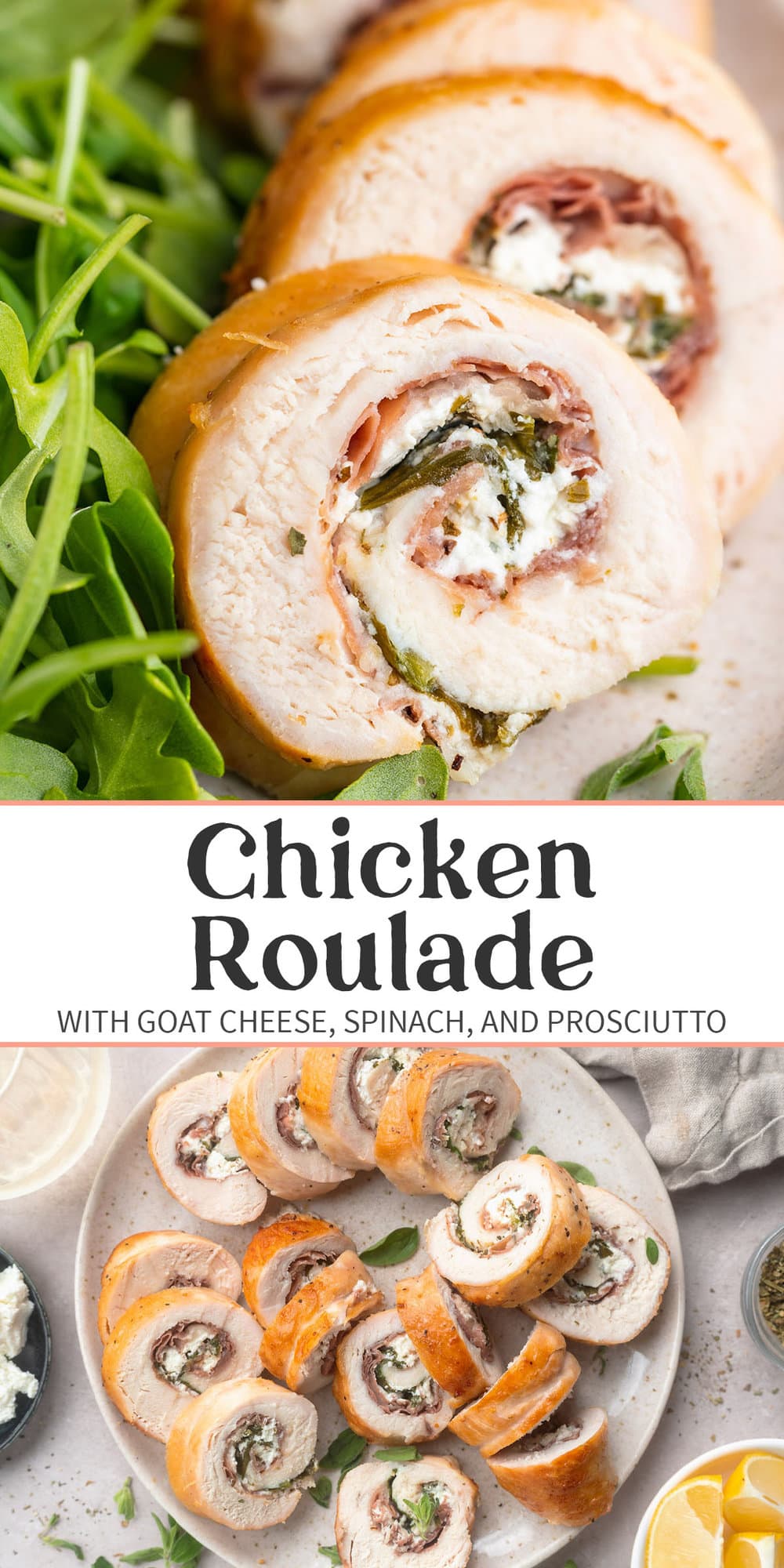
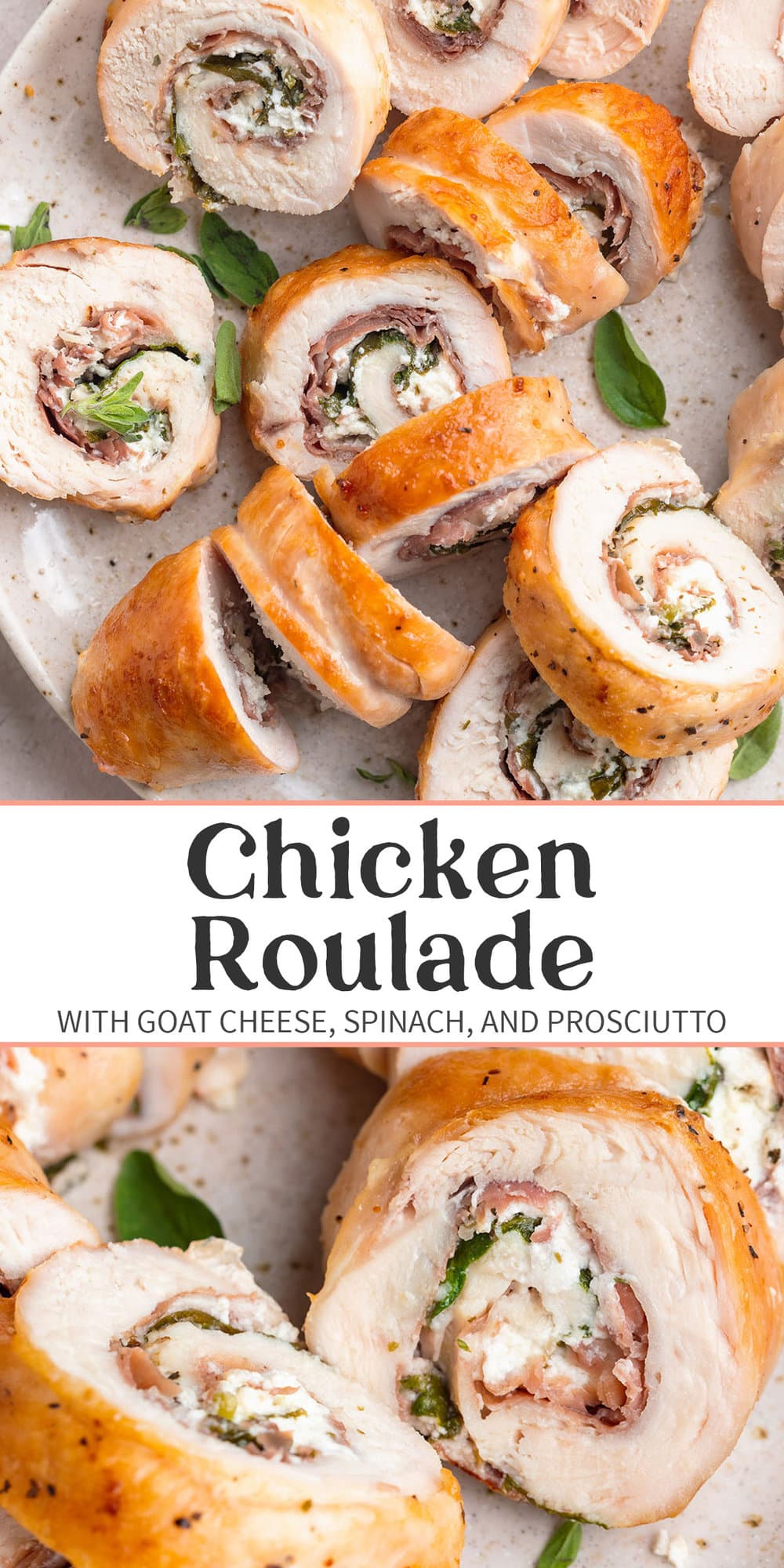
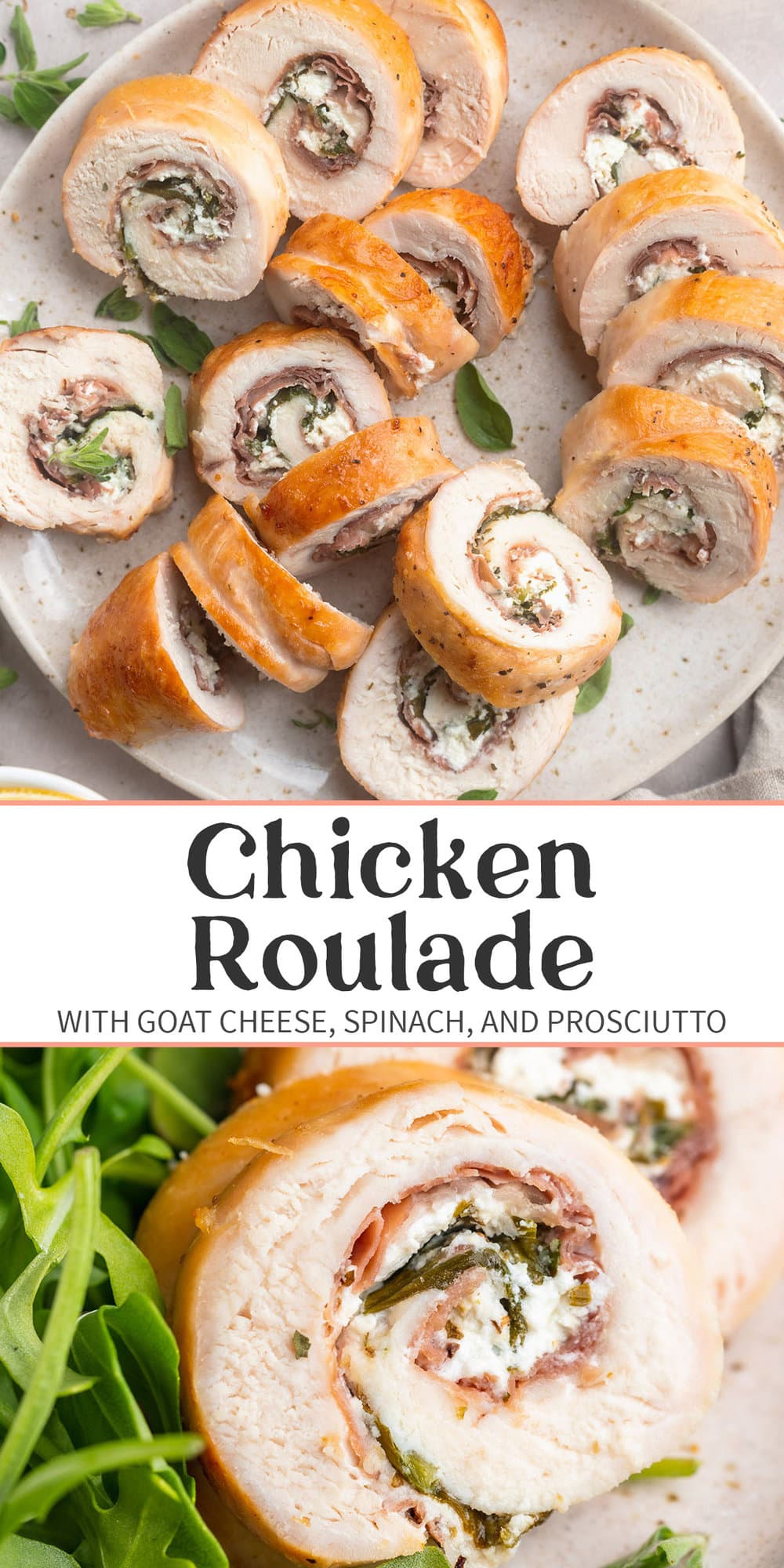
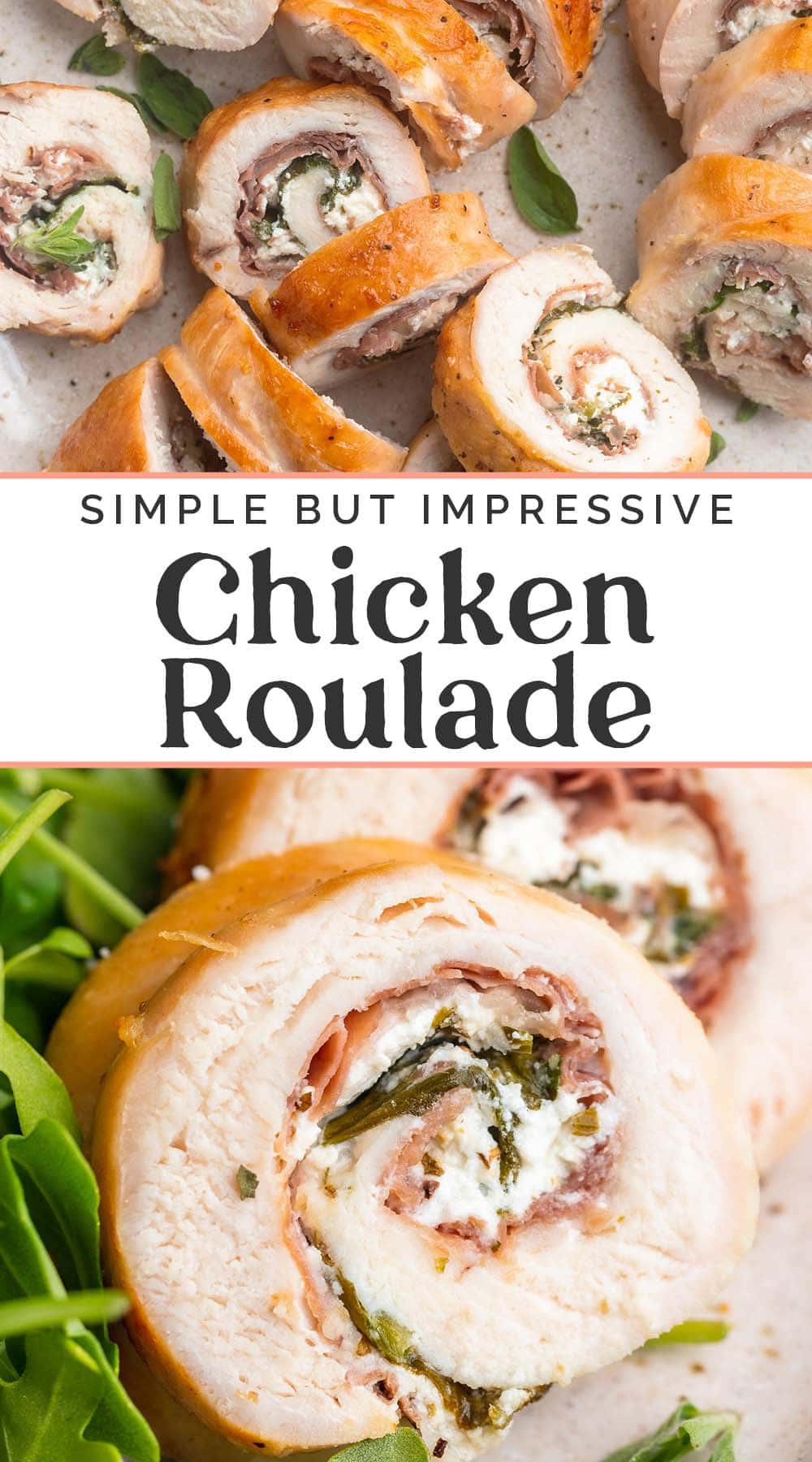
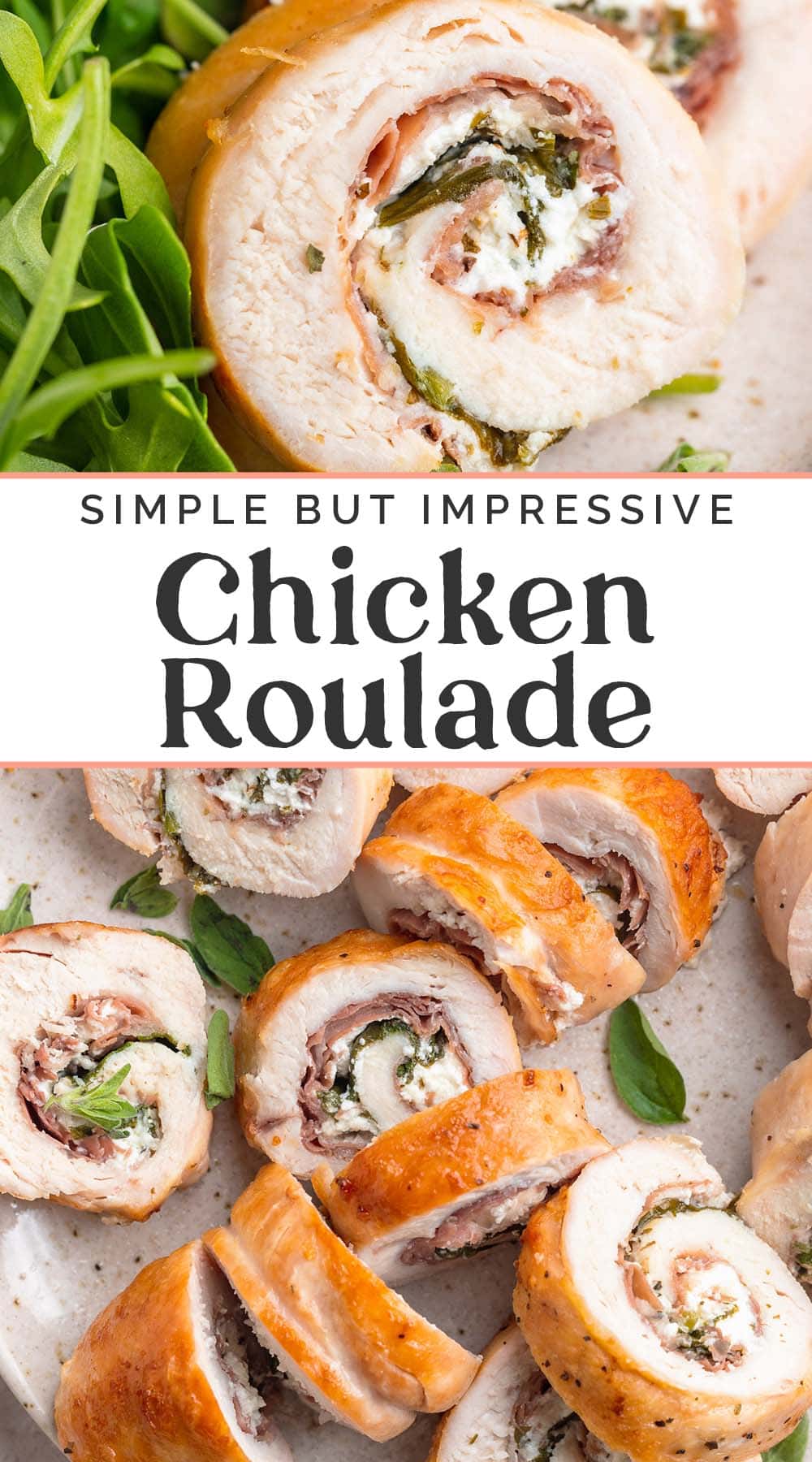
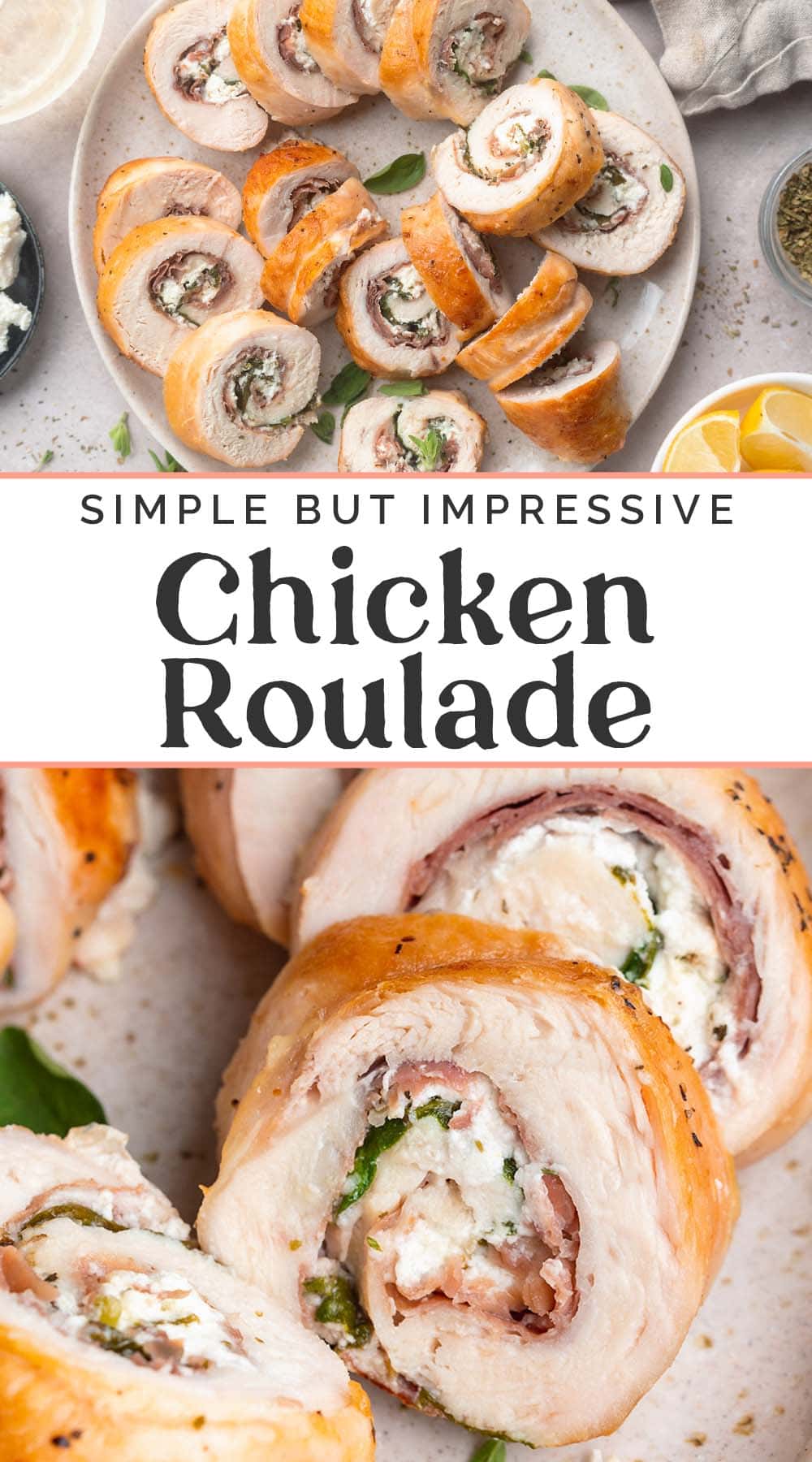
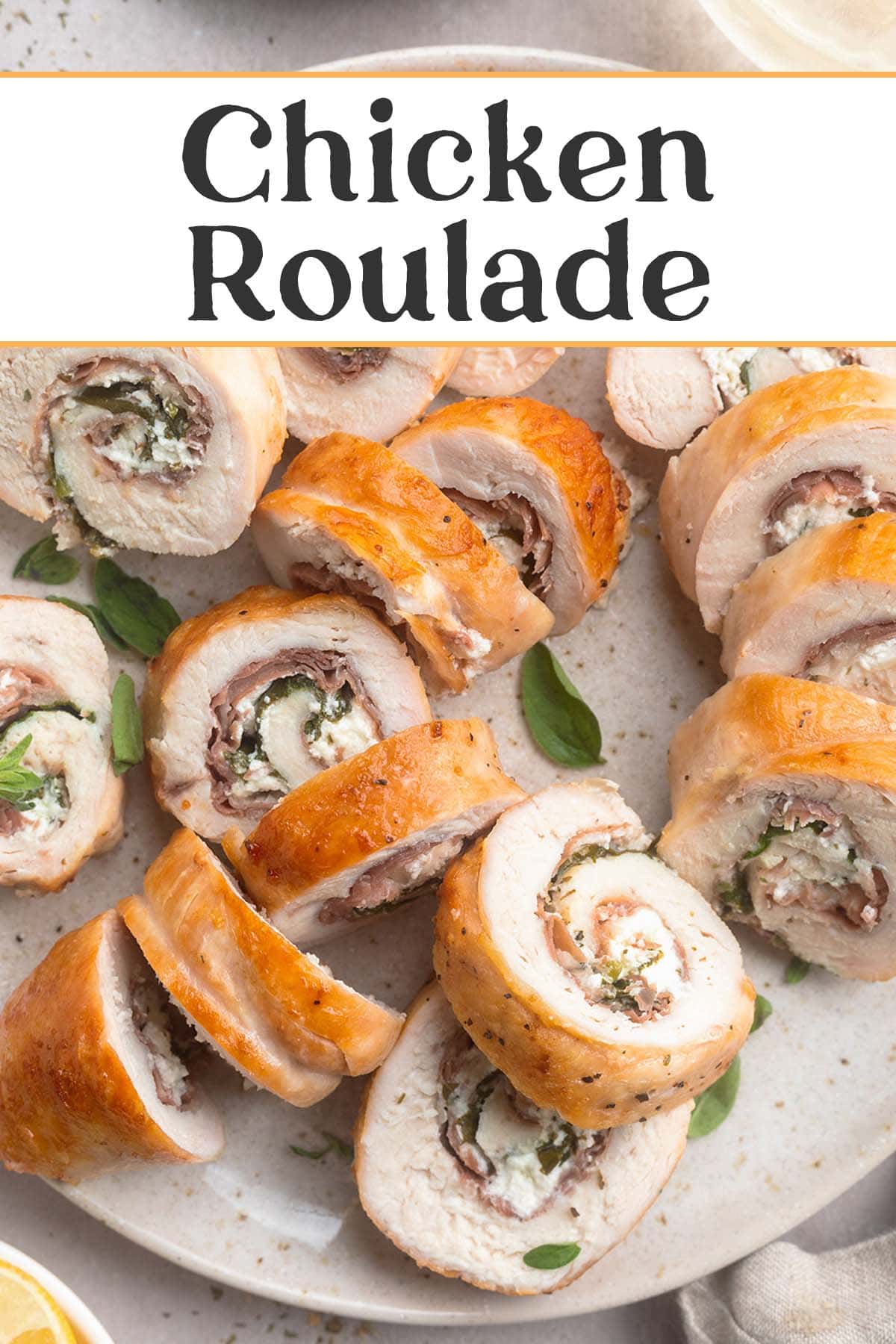
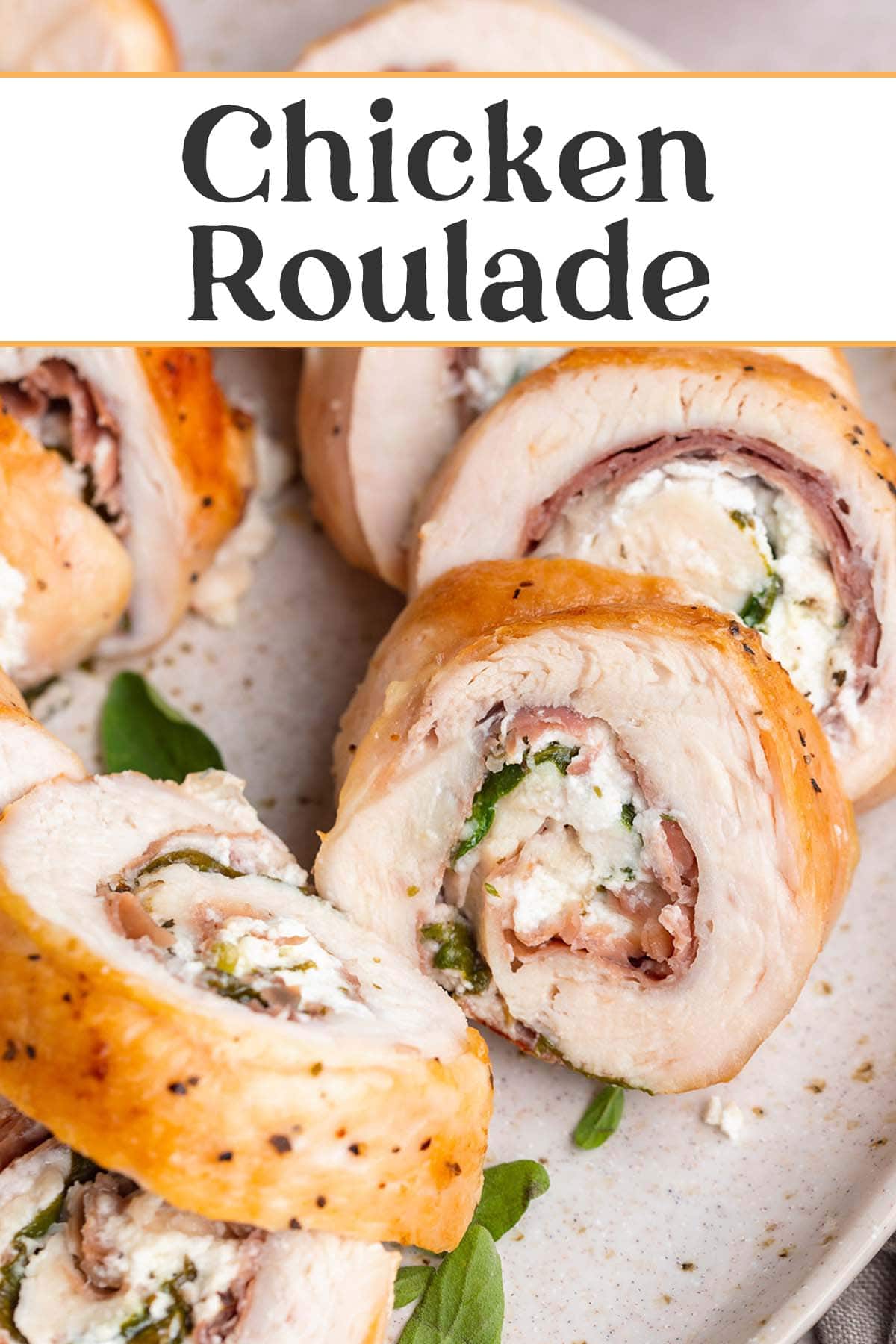
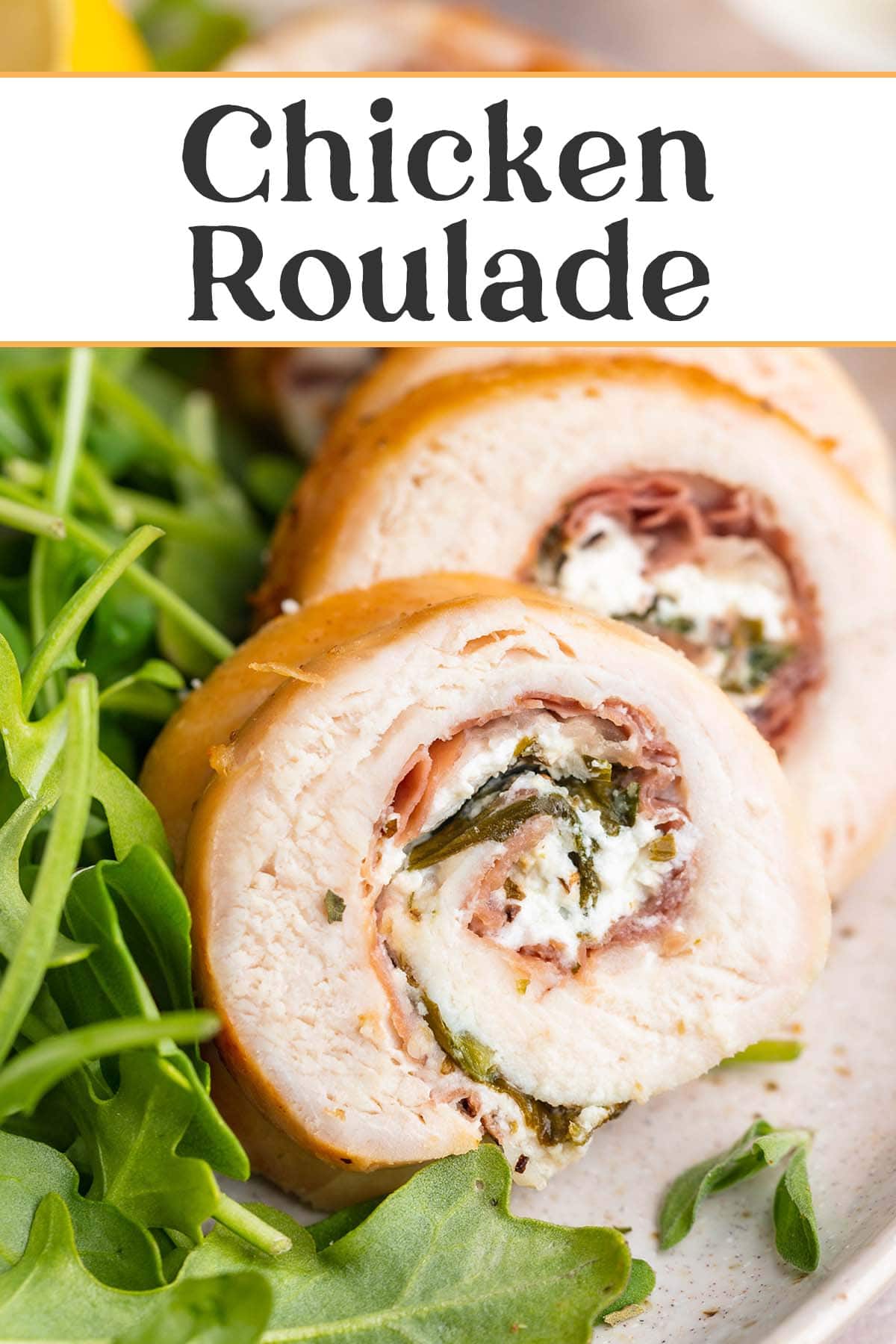
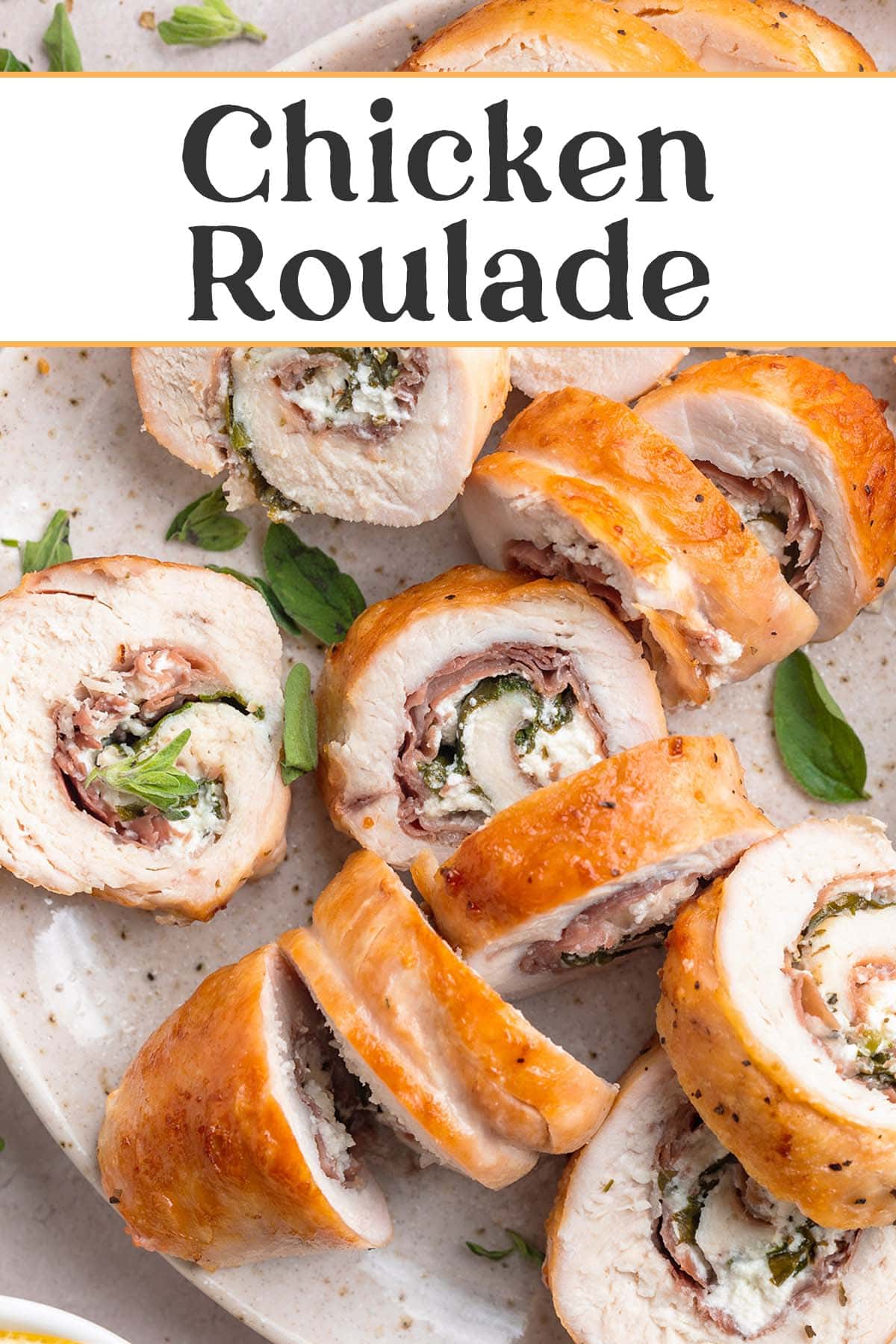
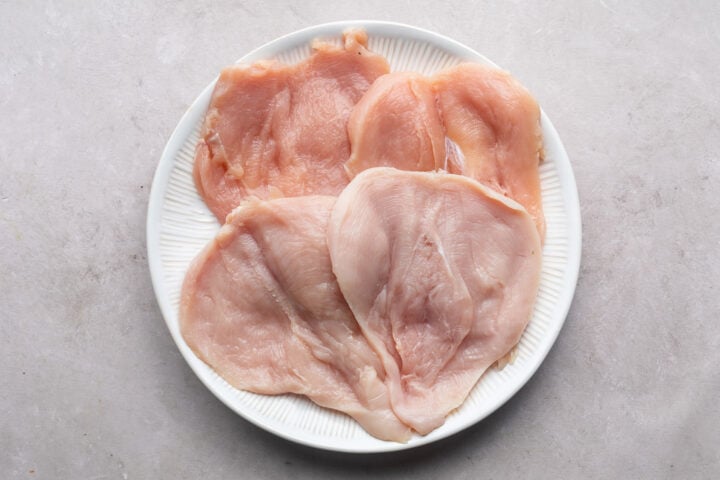
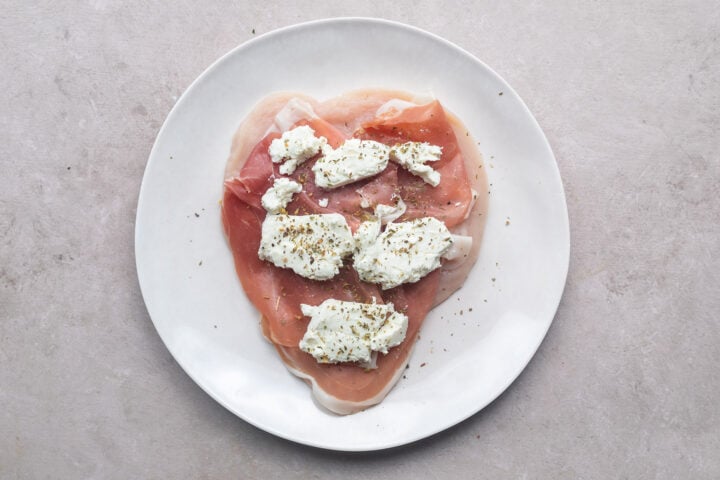
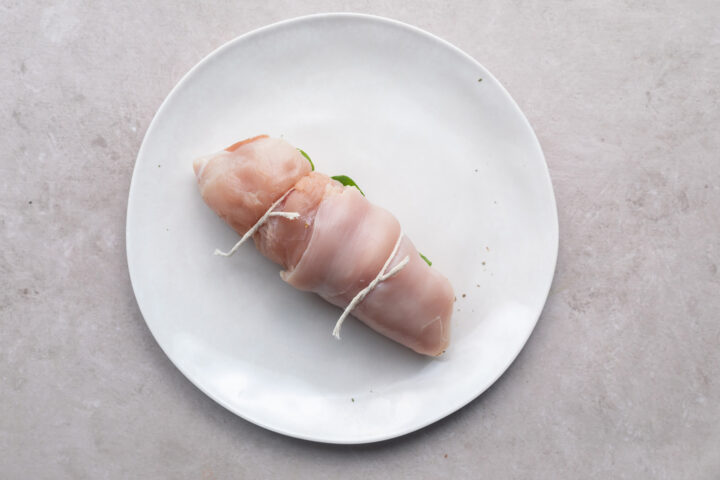
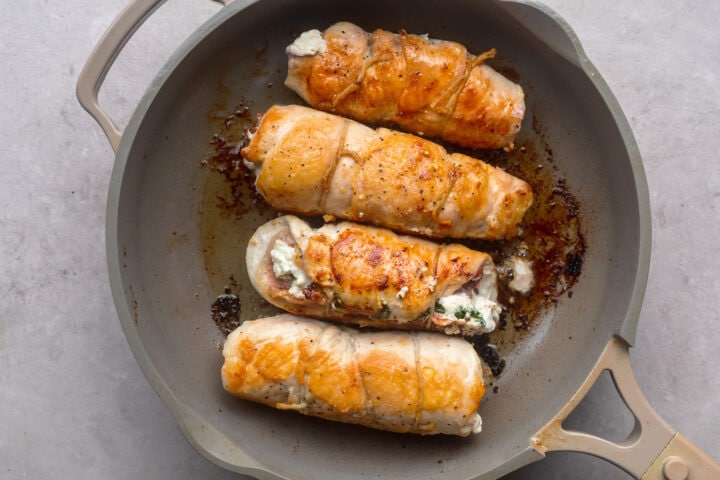
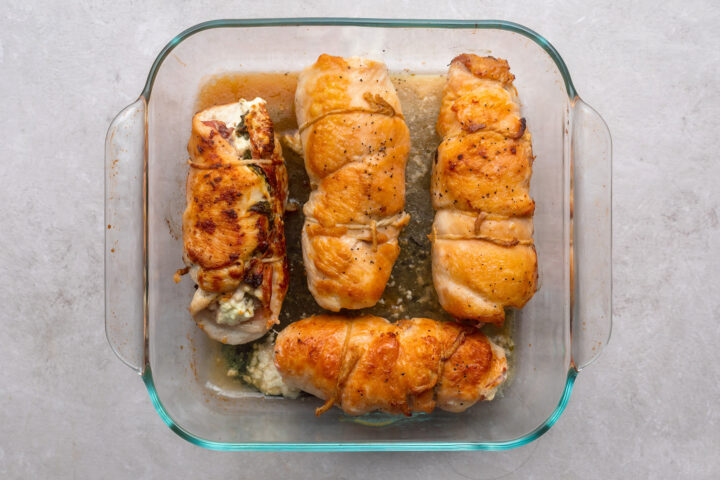
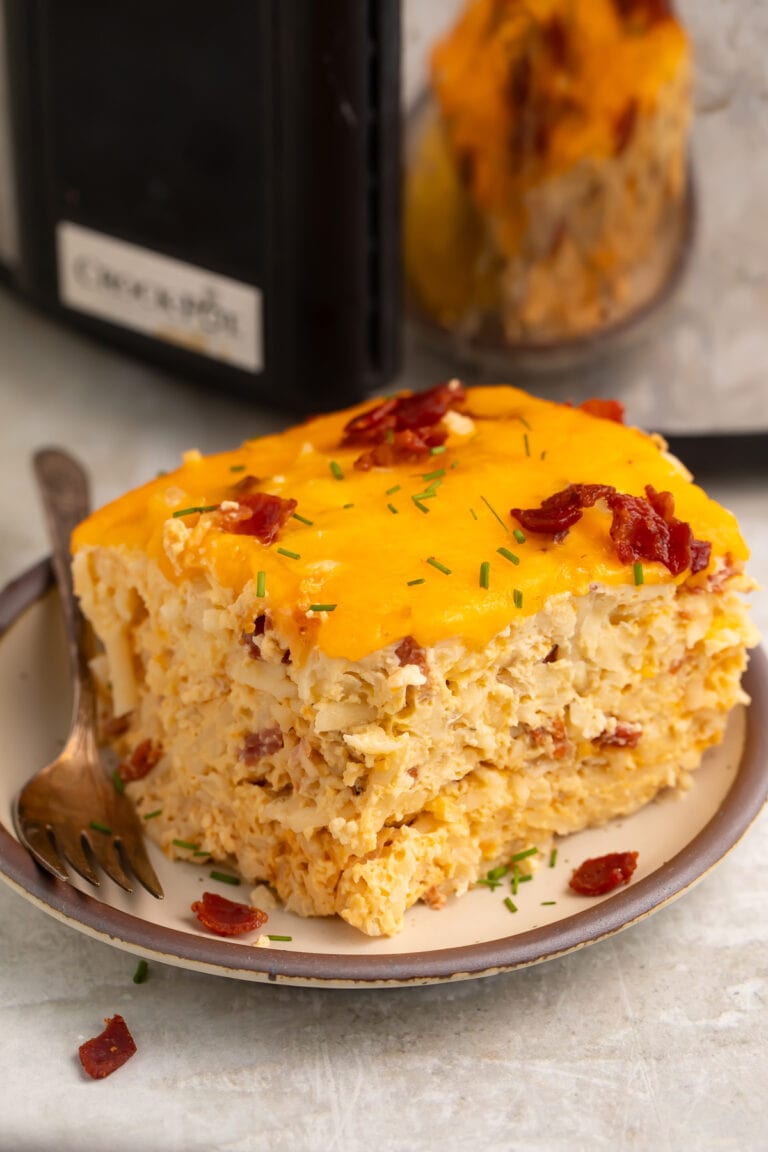
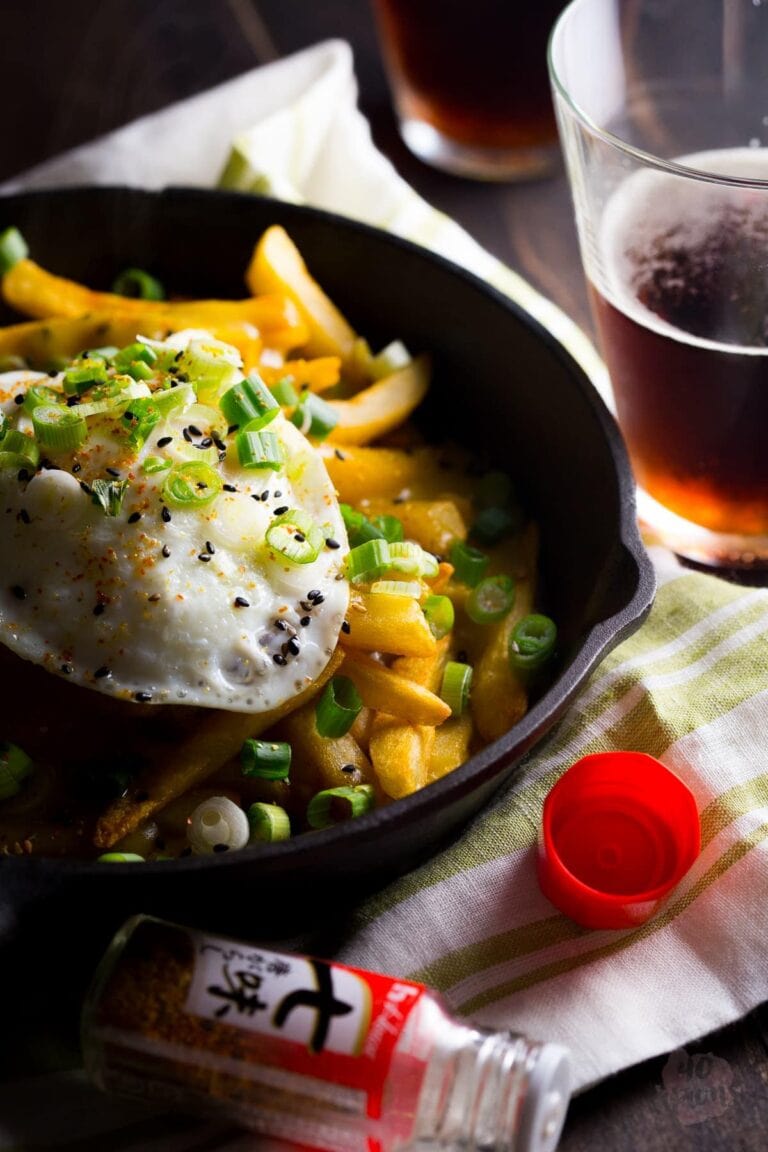
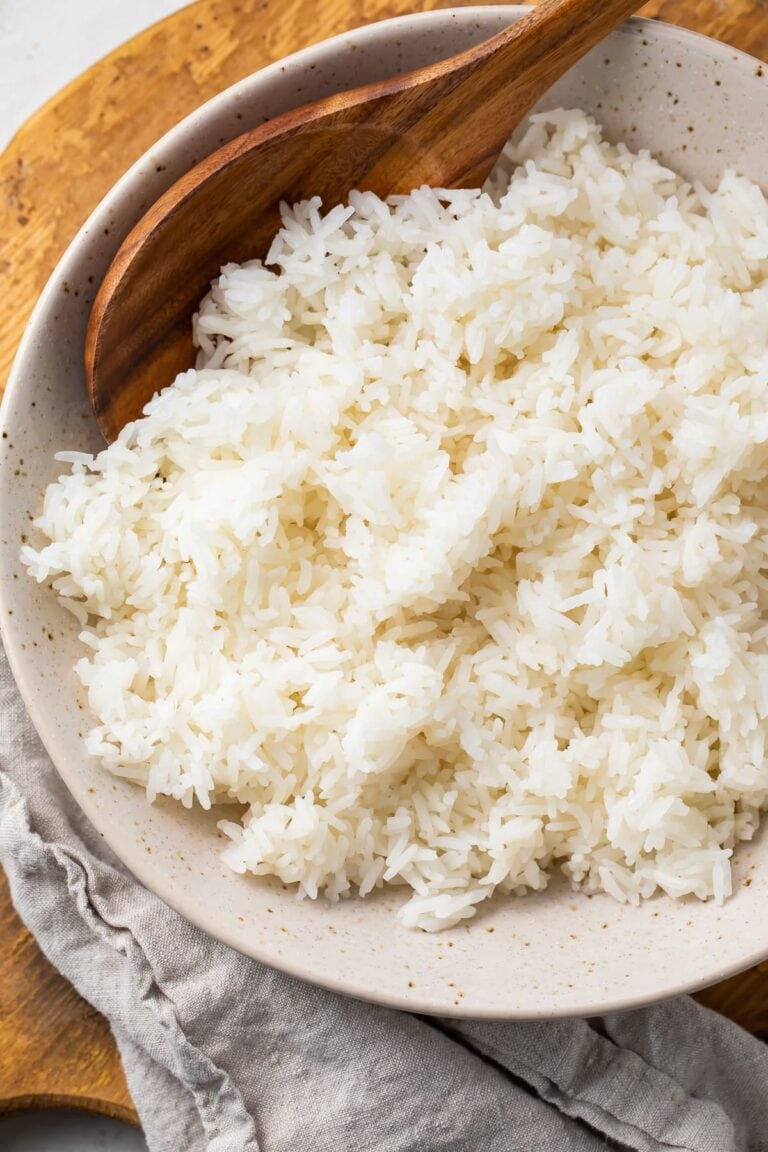
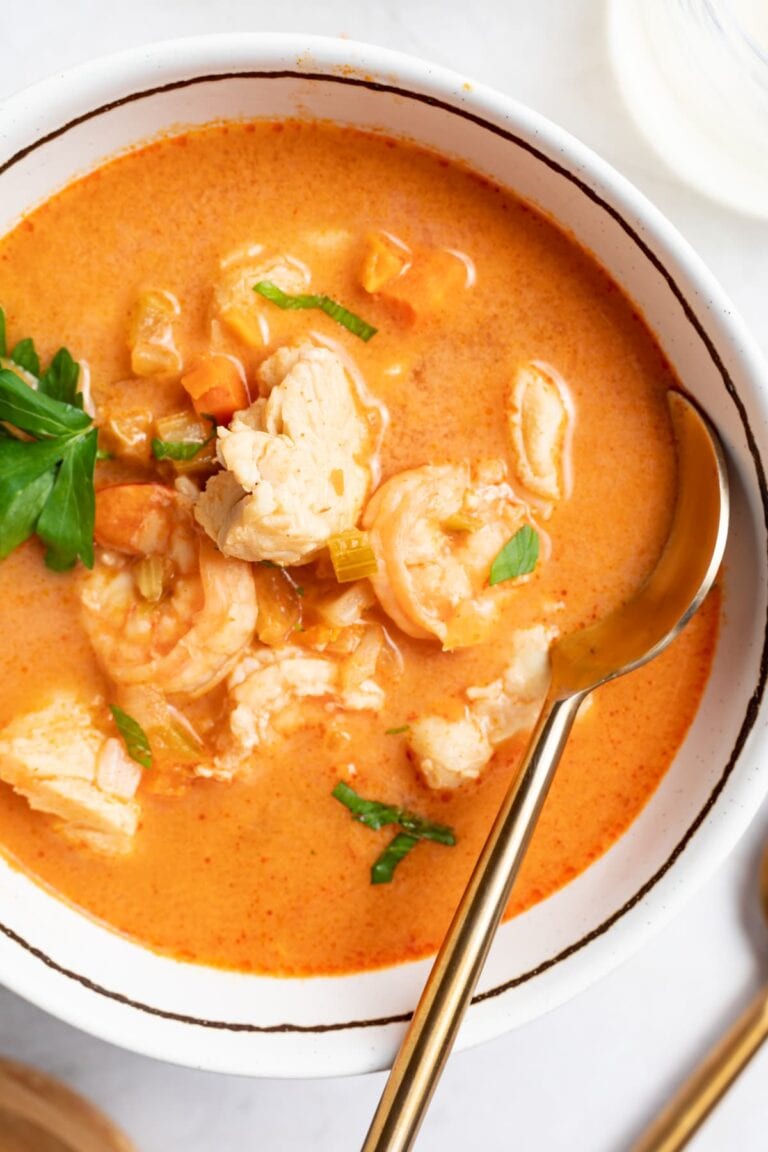
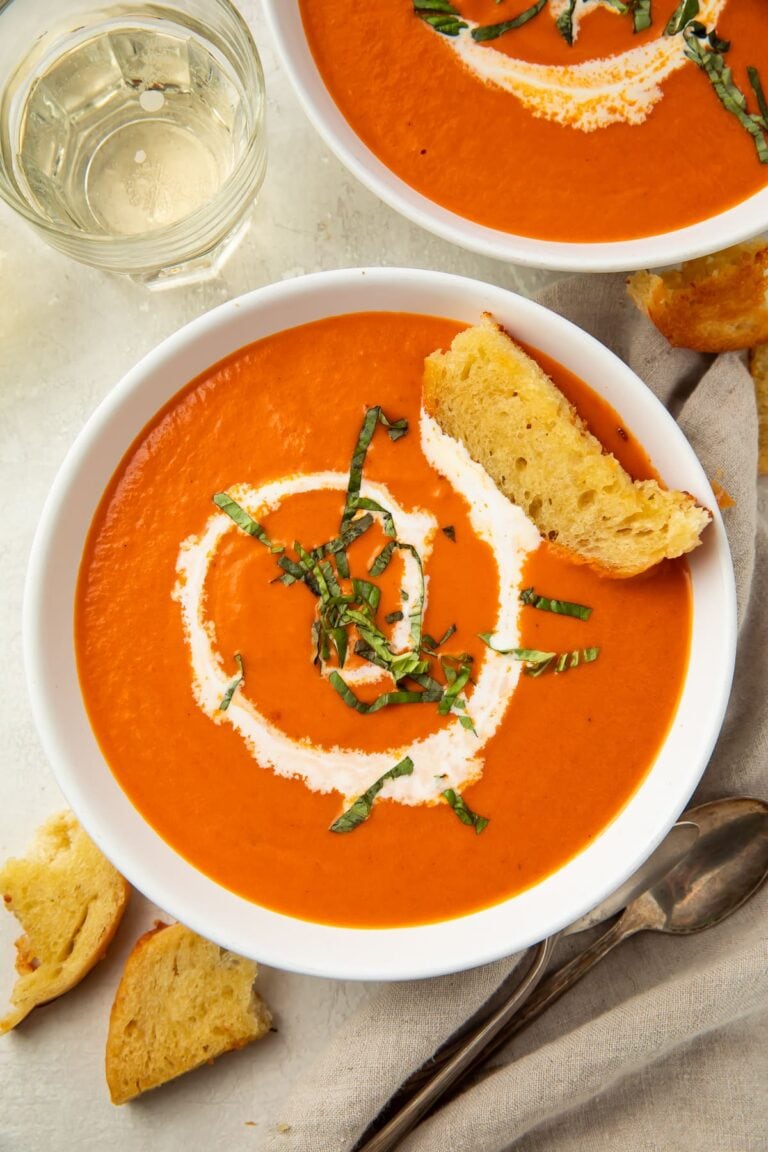
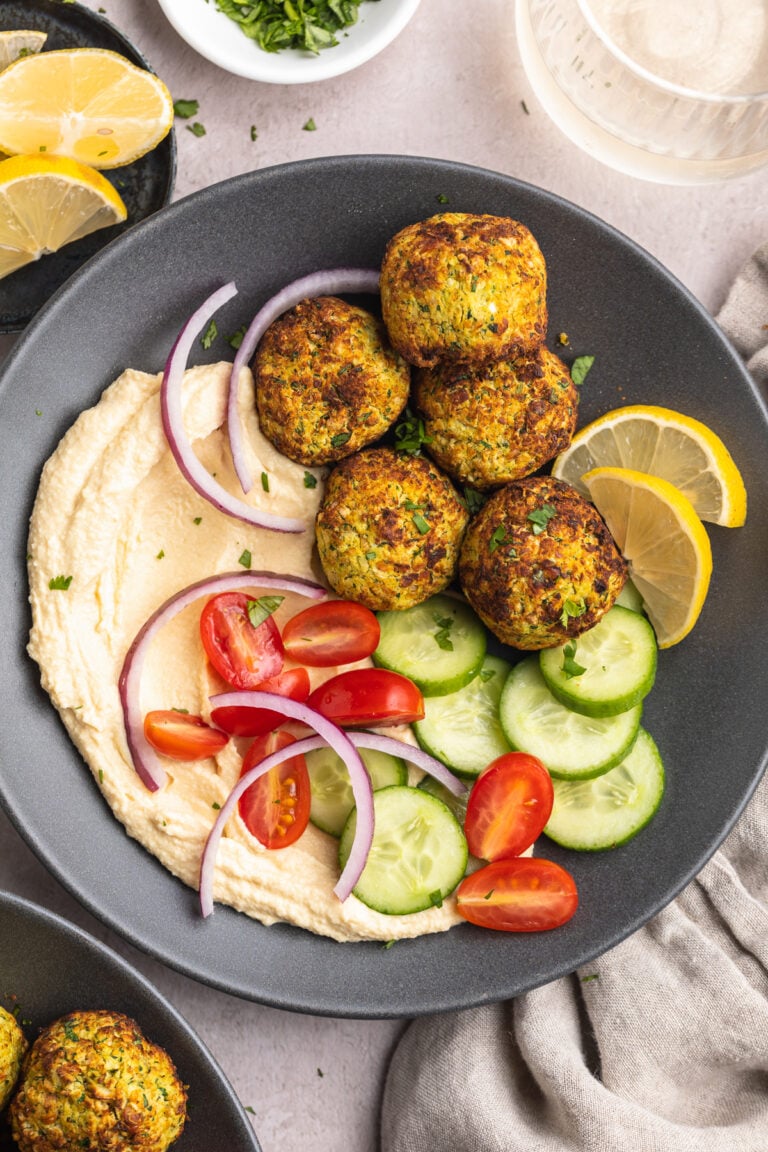










Never Miss A Meal!
New Recipes Straight To Your Inbox
A curated selection of our most recent recipes, delivered straight to your inbox once a week.
Thank you!
You have successfully joined our subscriber list.